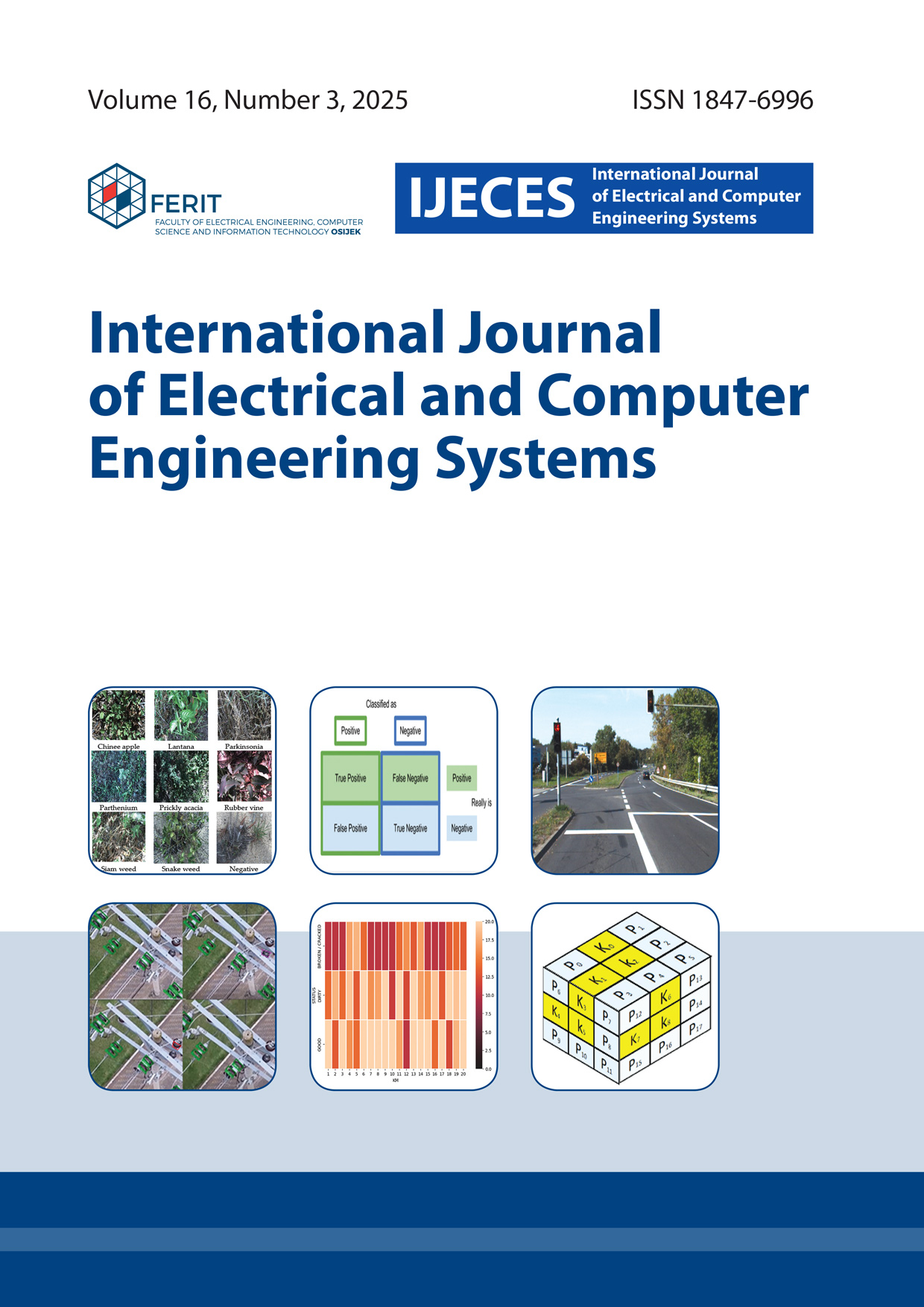A New Encryption Algorithm for Voice Messages on Social Media Using Magic Cube GF (2^8) Technology
DOI:
https://doi.org/10.32985/ijeces.16.3.6Keywords:
GF (2^8) finite field, GF (P) finite field, Gaussian elimination, magic cube cryptographyAbstract
With the rise of multimedia technology, audio file encryption has become increasingly significant, especially for voice messages in popular social media applications like WhatsApp. Voice messages hold great social significance, and to ensure their security, they must be encrypted before being transmitted over the internet. This paper proposes an efficient algorithm to securely encrypt voice messages. The innovative algorithm is based on a magic cube to reduce the execution time of the advanced encryption standard (AES) cipher algorithm. This is achieved by replacing the MixColumn function with a 3 × 3 × 3 magic cube FG (2^8) irreducible polynomial. This work reduces the execution time of the AES cryptosystem and enhances complexity by utilizing additional keys generated by a 3 × 3 × 3 magic cube. to develop a block cipher algorithm that encodes audio files using two types of finite fields: GF (P) and GF (2^8). This algorithm places a key of three cells and a voice message of six cells on each face of a 3 × 3 × 3 magic cube. Time complexity and encryption quality are evaluated according to National Institute of Standards and Technology standards, and the differential attacks' peak signal-to-noise ratio is calculated. The total complexity achieved for both GF (P) =2569 × 25118 and GF (2^8) = 2569 × 25618 is measured for comparison. Simulation results demonstrate a significant reduction in execution time and increased encryption complexity. Moreover, the magic cube with three faces (3 × 3 × 3) exhibits superior performance in terms of complexity and speed compared to the third-order magic square.
Downloads
Published
How to Cite
Issue
Section
License
Copyright (c) 2025 International Journal of Electrical and Computer Engineering Systems

This work is licensed under a Creative Commons Attribution-NonCommercial-NoDerivatives 4.0 International License.


